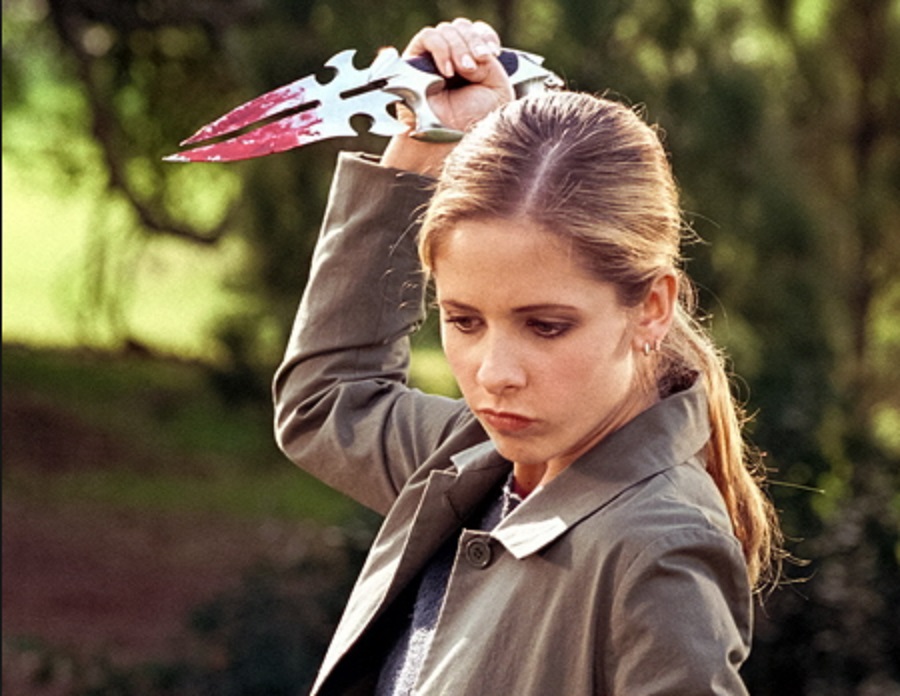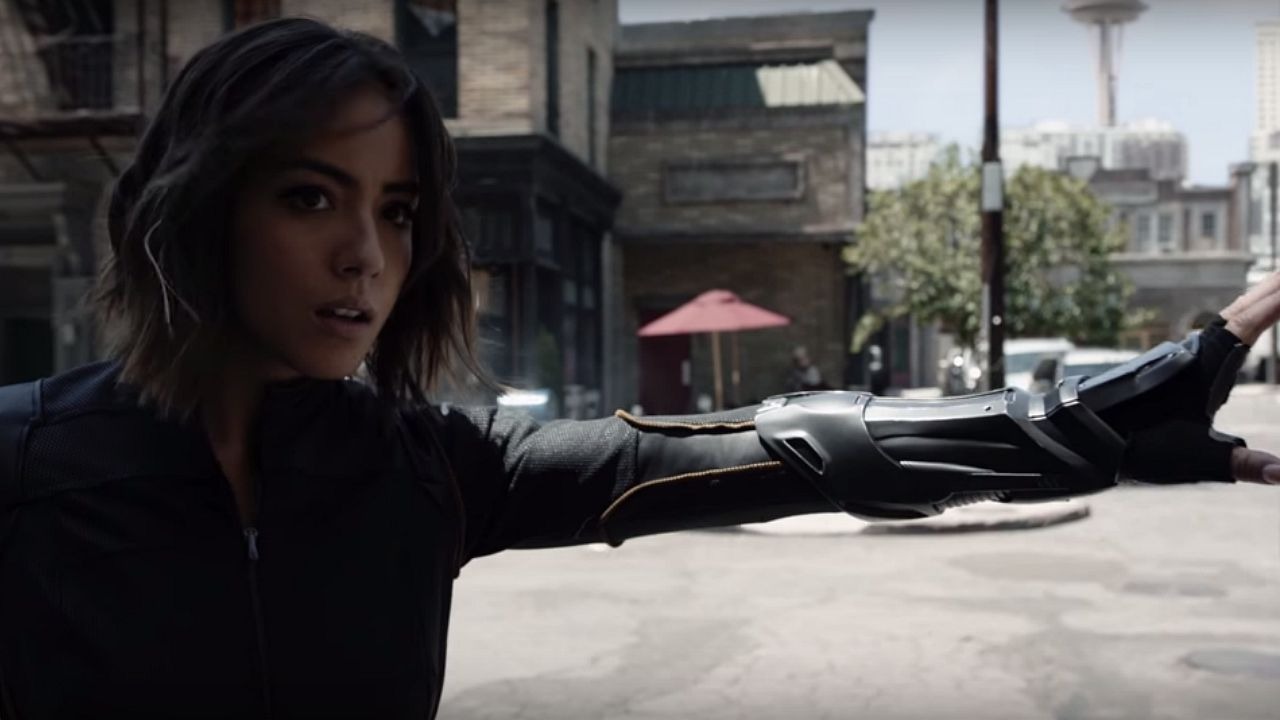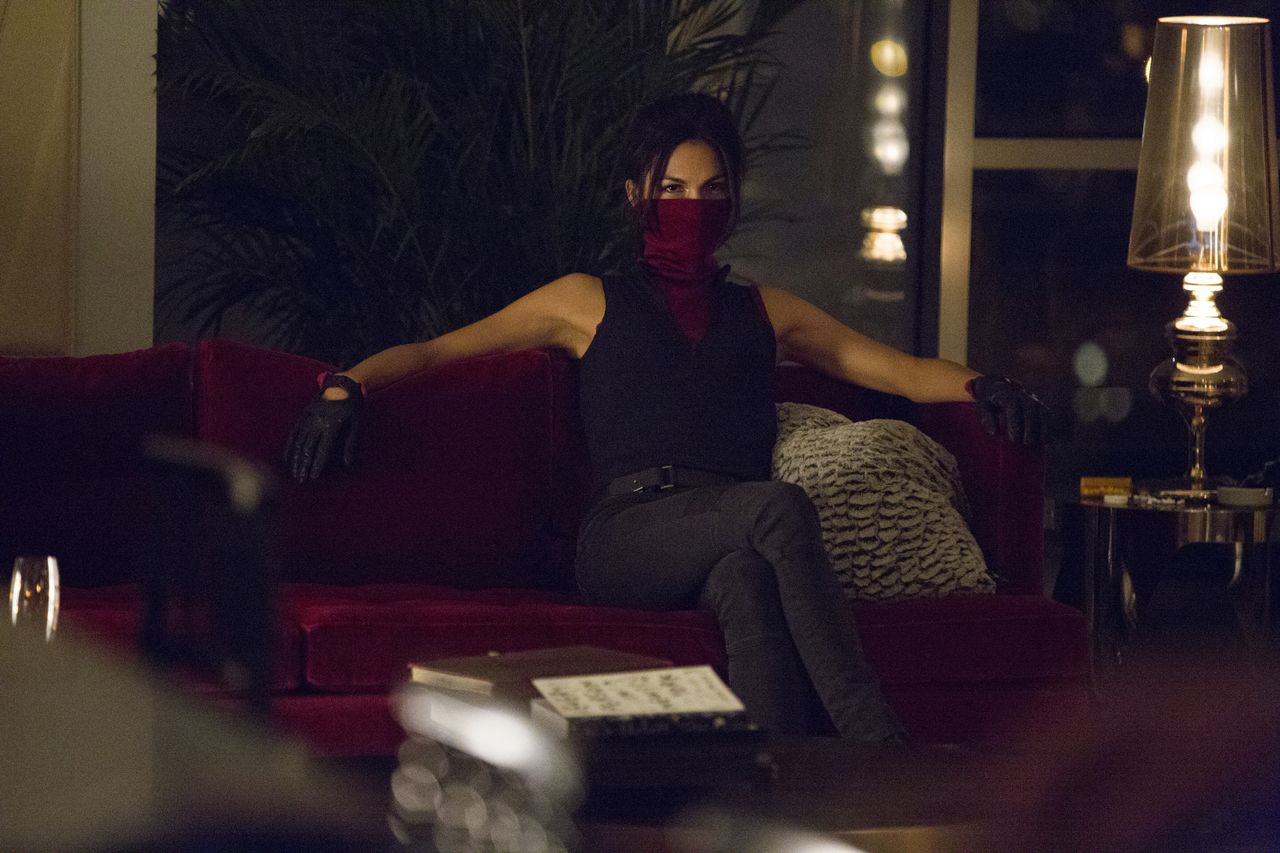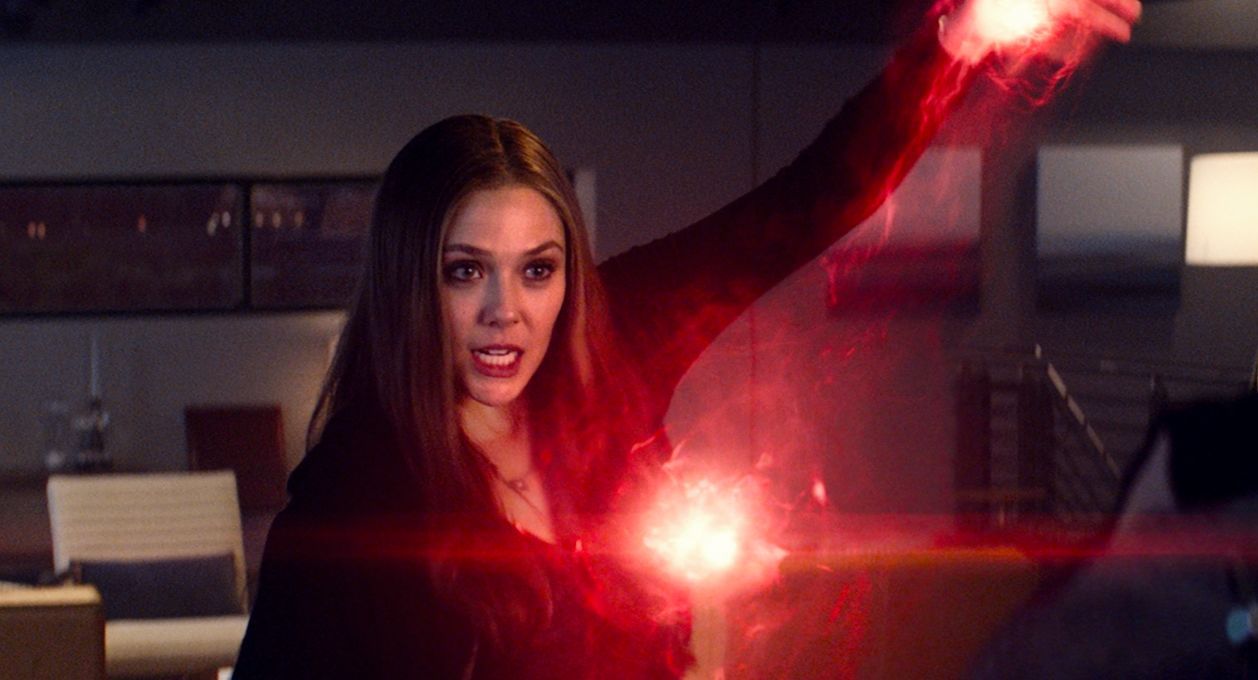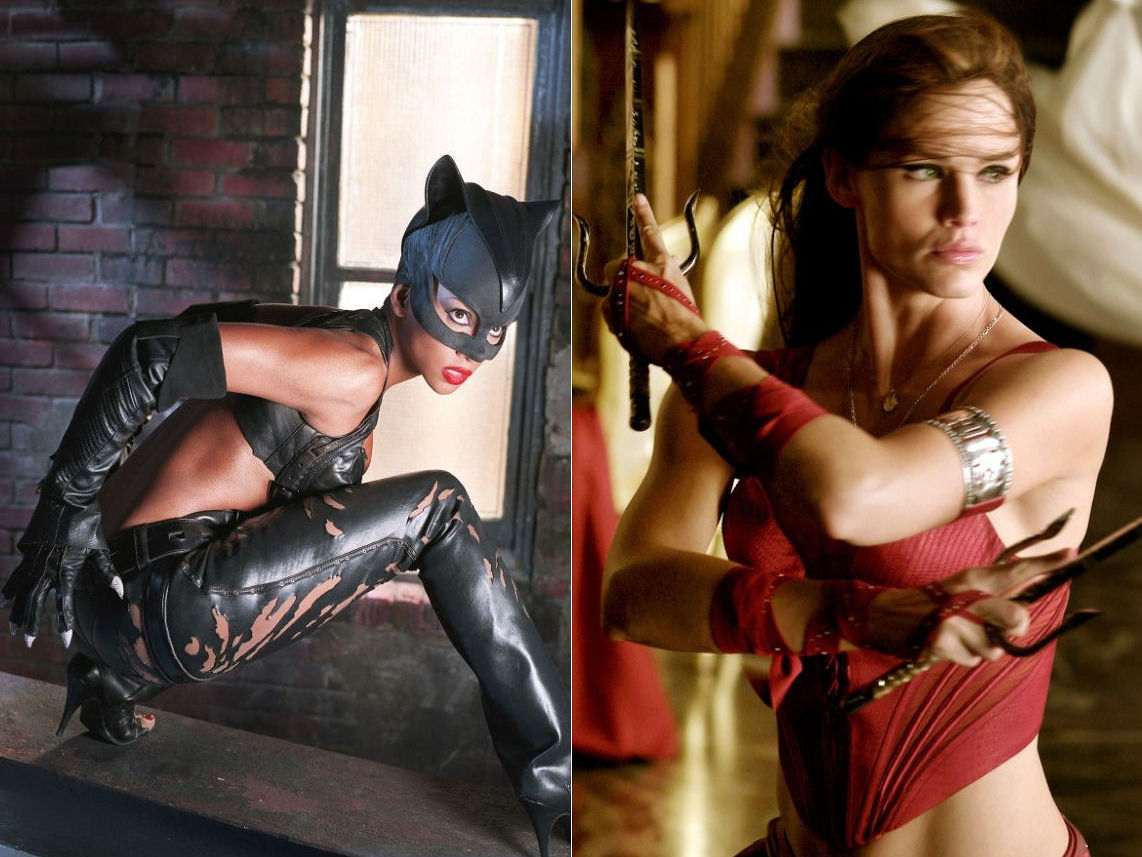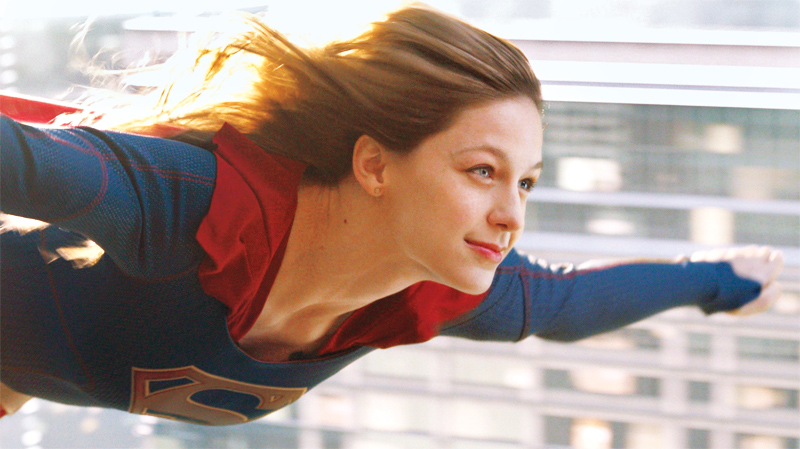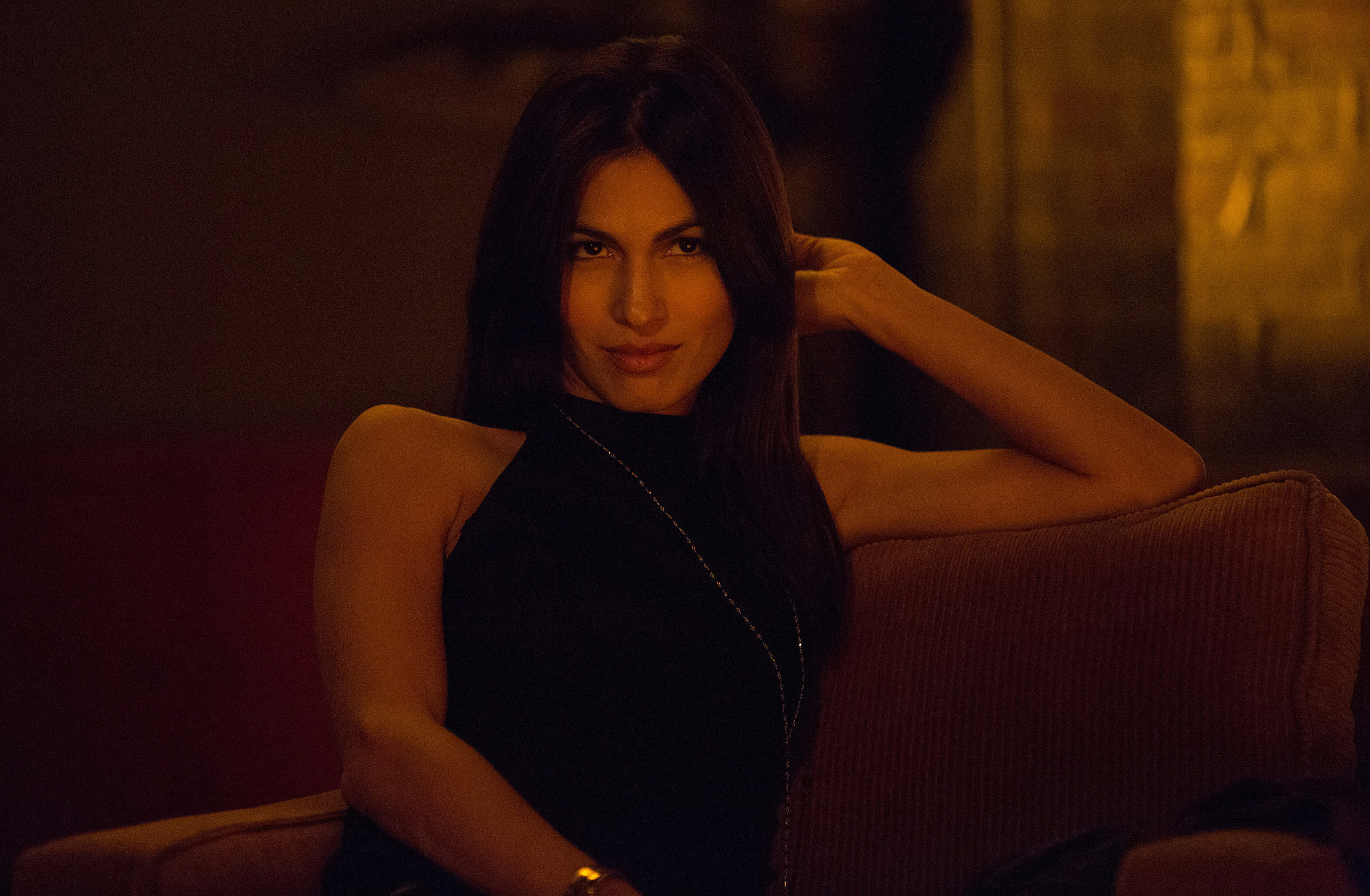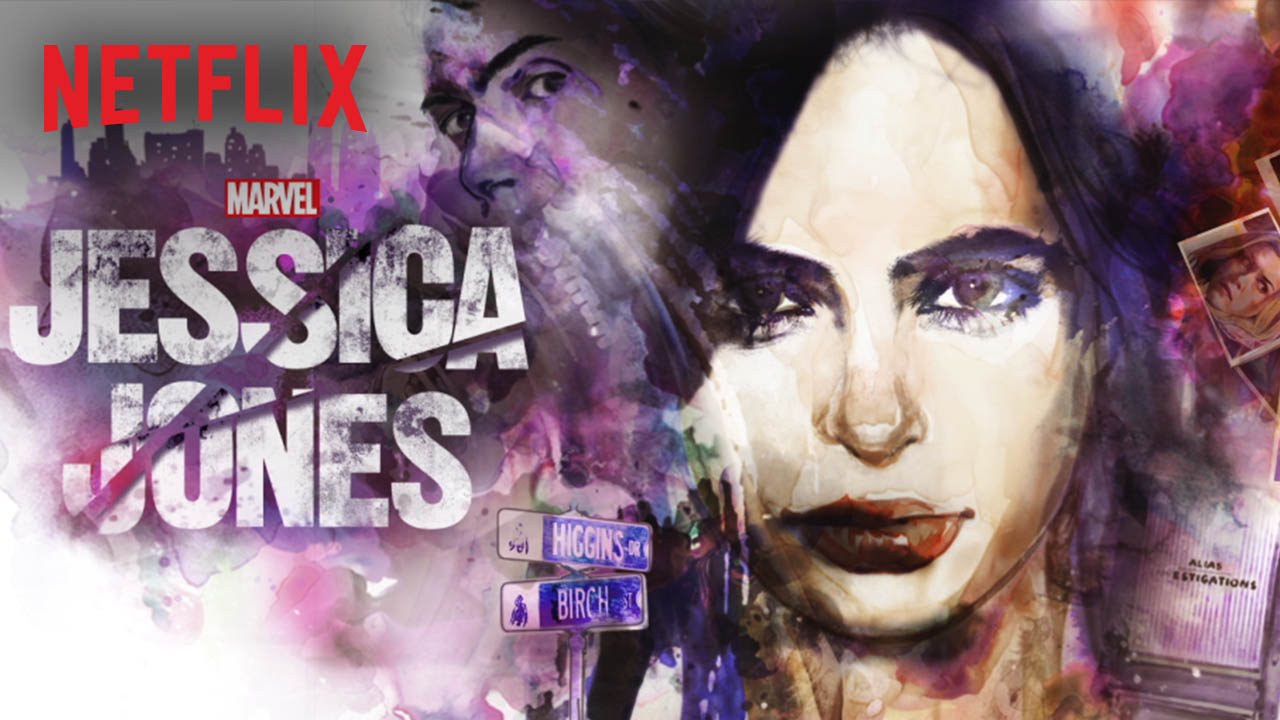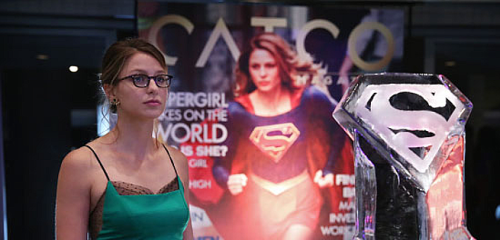This guest post written by Kaitlyn Soligan appears as part of our theme week on Superheroines.
Before there was a girl on fire, or a woman in an office with a drinking problem and a dark history, before there was, even, a cheerleader whose salvation could save the world, there was the chosen one. She alone would stand against the vampires, the demons, and the forces of darkness. She was the slayer.
Our generation’s slayer was Buffy Summers, and she was a mess. By turns bubbly and serious, flirtatious and driven, insecure and confident, Buffy Summers worried about boys and her birthright, rising demons and her parents’ divorce, algebra and the somehow ever-present threat of global apocalypse. While there were superheroines on page and screen long before Buffy – the iconic Wonder Woman, Batgirl, and X-Men like Storm were represented on both – none had ever been allowed to be so human, particularly on television and in movies, where they were mostly absent. Often carrying the burden of representation in a genre overrun with male characters, superheroines were strong or weak, clear-headed or in constant need of saving, but rarely complex or allowed complicated internal lives, and even more rarely truly relatable.
Buffy changed all that.
Buffy worried about make-up, her curfew, whether or not a boy liked her, and how she would ever get her homework done on time in the moments between plunging a stake into the heart of multiple attacking vampires. Over the objections of her guardian Giles, a stand-in for the stuffy and outdated rules about how superheroines should behave, she made friends and went on dates, and still managed to slay demons and kill monsters. She was funny and goofy and sweet and deadly serious when occasion called for it. Buffy broke hearts and had hers broken, said things she shouldn’t to lovers and friends and family, hurt people and stood beside them when they needed her most. She was phenomenally imperfect as a woman and as a heroine.

Buffy’s battles, real and metaphorical (and occasionally metaphorically revealing what was all too real), panned the camera to the battles of girls more generally and forced it to linger on what was uncomfortable and almost always previously unacknowledged. In “Out of Mind, Out of Sight,” Buffy fights an invisible foe who turns out to be a fellow classmate who disappeared for lack of attention. The episode examines the visibility of the female and the female body – and the ways these related to the feminine – in multiple ways, with Buffy and her classmate Cordelia battling for the title of May Queen before battling for their lives. Many episodes dealt with intimate partner violence; in “Ted” Buffy battles her mother’s violent boyfriend, while in “Beauty and the Beasts” she faces a classmate abusing his girlfriend. Throughout all of these episodes and arcs, Buffy is both average – experiencing jealousy, vulnerability, the need for company and compassion, pushing her friends and family away and then pulling them back in close – and superhuman, fighting against unnatural forces with equally unnatural strength.
Buffy’s humanity also marked one of the earliest moments of feminism brought to bear on the superhero genre – not a mere personal feminism limited to character portrayals, but a structural feminism, with an acknowledgement of structural systems of oppression, played out within and on characters and throughout story lines. In “Out of Mind, Out of Sight,” Buffy faces the structural systems that exploit women’s bodies and turn them against one another as competitors. In “Ted,” her mother’s boyfriend is controlling and manipulative, gaslighting her, an eons-long practice even before we had a succinctly encompassing term for it. In “Beauty and the Beasts,” Buffy faces her classmate’s reality as a victim of assault while simultaneously exploring her own past as a survivor of abuse. Buffy and the other female characters were constantly underestimated because they were women. No episode ended with a neat lesson in which every male character realized the error of their ways and repented, and this underestimation often had long-term, structural, and painfully realistic consequences for the characters.
While Buffy’s humanization broke new ground for superheroines, it also brought into relief against that image the limits of what was still possible on television. While the many white female characters on the show were deliberately complex, the first featured recurring Black character, Kendra, was largely two-dimensional. Bearing the burden of representation, Kendra’s efforts to find acceptance through perfection reflected the limits experienced by women of color, a choice between being “good” and acknowledged, or not good enough and ignored, pushed further back into the margins both visually and narratively. While Black male characters on the show – most notably the cool and organized Mr. Trick and the steady and almost unbearably sexy Principal Wood – were good and evil, kind and ruthlessly ambitious, flawed and righteous by turns, Black female characters came in by inches and retreated just as quickly back outside the frame.
In Season 7, at the end of the series’ television run, Buffy discovers that her powers come from a spell cast long ago by men in Africa who needed a protector. One girl was chosen – likely not voluntarily – to be that protector: the First Slayer. And her power passed from one generation to the next. Buffy’s power is literally drawn from a history of Black women around the world; their sacrifices over thousands of years have enabled her rebellion from girl soldier to human being over the objections of a system designed to imprison, use, and discard her. As a white woman in her own place and time, Buffy could do what they could not.
In the end, Buffy enlists another woman, Willow, a powerful witch and, not incidentally, one of the first recurring LGBTQ characters on television, to reclaim and redistribute that first power, allowing every girl in the world with the potential to become a Slayer to rise up simultaneously, together. The act was at its heart a symbolic gesture hearkening to the notion that white women whose privilege has been gained at the ongoing expense of many other women, particularly women of color, have a responsibility to both destroy the system and build a better one, one that has far more universal benefit. In her final moments, Buffy chose between being special – one girl in all the world – and building a platform on which she would be only one of many, only as special as she made herself, meaningful not at the expense of others’ lack, but of her own making – as her own woman.
She went to prom and saved her classmates from a giant dragon. She mourned the loss of her mother and fought a fallen God. She fell in love and died and got aggravated with her roommates and worked in fast food and slayed demons. 2017 will mark 20 years since Buffy first aired, and Buffy would be truly old for a slayer now – nearly 40. If she felt all her years and more at sixteen, with her outsized responsibilities, one can only imagine how she would feel today, and it’s understandable: Buffy is the grandmother of the modern superheroine. These dark, flawed, occasionally failed, damaged, traumatized, real girls and women onscreen and in comics – from Katniss Everdeen to Jessica Jones to Joss Whedon’s own later heroines like Firefly’s Zoe – owe a great deal to the strides Buffy made in her complexity, her humanity, her failings, and her growth alike, as do we. After all, she saved the world. A lot.
See also at Bitch Flicks: A Love Letter to Buffy: How the Vampire Slayer Turned This Girl into a Feminist; The View from the Grave: Buffy as Gothic Feminist; Buffy Kicks Ass; Are You Ready to Be Strong? Power and Sisterhood in ‘Buffy’; Quote of the Day: “When TV Became Art: What We Owe to Buffy” by Robert Moore; Willow Rosenberg: Geek, Interrupted; Femininity and Conflict in ‘Buffy the Vampire Slayer’; Whedon’s Binary Excludes Bisexuality; ‘Buffy the Vampire Slayer’ and Consent Issues; and all of our other articles on ‘Buffy the Vampire Slayer.’
Kaitlyn Soligan is a writer and editor from Boston living in Louisville, Kentucky. She writes about that, and bourbon, at www.ivehadworseideas.com. You can follow her on twitter @ksoligan.
